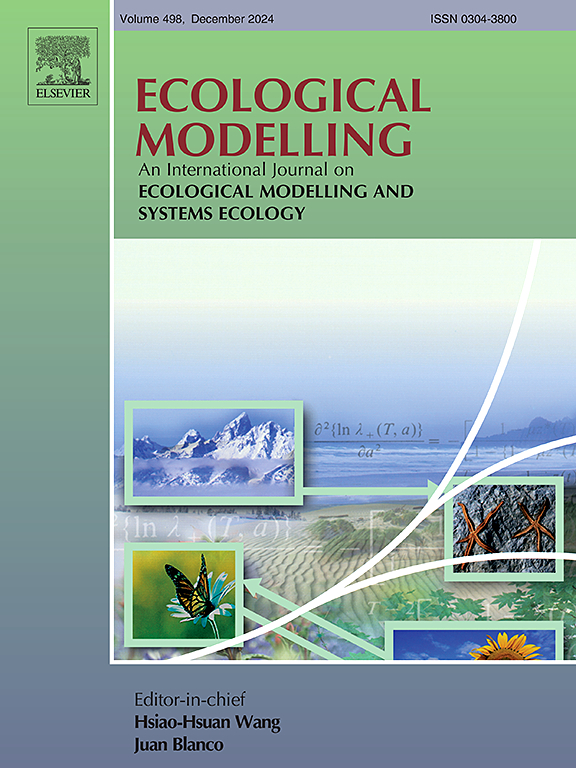“双碳”目标下辽宁省土地利用碳排放影响因素预测
IF 3.2
3区 环境科学与生态学
Q2 ECOLOGY
引用次数: 0
摘要
在全球变暖背景下,研究土地覆被变化与碳排放的关系,可以为绿色、低碳、可持续发展的资源管理和决策提供理论依据。本研究计算了2000 - 2020年辽宁省土地利用碳排放(CELU),并对其碳排放风险等级进行了分类。随后,采用对数均值可分指数模型对各城市碳排放驱动因素进行识别。最后,利用PLUS模型和灰色预测模型对2030年不同情景下的碳排放进行了预测。2000 - 2020年辽宁省碳排放总量增加,其中建设用地是主要决定因素;CELU的空间分布和风险呈“双核”型。社会发展程度和建设用地规模对净碳排放量的增加有正向影响。碳排放强度和土地利用效率则呈负向抑制作用。在不同情景的碳排放计算中,经济发展情景的碳排放总量最高,为32764.23万吨。未来应着力调整产业布局,优化土地利用结构,实现区域碳均衡和绿色发展。本文章由计算机程序翻译,如有差异,请以英文原文为准。
Forecasting of factors influencing carbon emission from land-use in Liaoning Province, China, under the “double carbon” target
In the context of global warming, research on the association between land cover change and carbon emissions can offer a theoretical foundation for resource management and decision-making regarding green, low-carbon, and sustainable development. In this study, we computed carbon emissions from land-use (CELU) in Liaoning Province from 2000 to 2020 and categorized the carbon emission risk levels. Subsequently, we used the logarithmic mean divisia index model to identify the carbon emission drivers in each city. Finally, we used the PLUS and grey prediction models to forecast carbon emissions in 2030 under different scenarios. The total carbon emissions in Liaoning Province from 2000 to 2020 increased, with construction land being the main determinant; the spatial distribution and risk of CELU were characterized by a “double core” pattern. The degree of social development and scale of construction land had a positive impact on the increase in net carbon emissions. In contrast, carbon emission intensity and land-use efficiency had a negative, inhibitory effect. Of the calculations of carbon emissions from different scenarios, the economic development scenario has the highest total carbon emission of 327,642,300 tons. In the future, attention should be focused on adjusting the industrial layout and optimizing the land-use structure to attain a balanced, regional carbon equilibrium and green development.
求助全文
通过发布文献求助,成功后即可免费获取论文全文。
去求助
来源期刊

Ecological Modelling
环境科学-生态学
CiteScore
5.60
自引率
6.50%
发文量
259
审稿时长
69 days
期刊介绍:
The journal is concerned with the use of mathematical models and systems analysis for the description of ecological processes and for the sustainable management of resources. Human activity and well-being are dependent on and integrated with the functioning of ecosystems and the services they provide. We aim to understand these basic ecosystem functions using mathematical and conceptual modelling, systems analysis, thermodynamics, computer simulations, and ecological theory. This leads to a preference for process-based models embedded in theory with explicit causative agents as opposed to strictly statistical or correlative descriptions. These modelling methods can be applied to a wide spectrum of issues ranging from basic ecology to human ecology to socio-ecological systems. The journal welcomes research articles, short communications, review articles, letters to the editor, book reviews, and other communications. The journal also supports the activities of the [International Society of Ecological Modelling (ISEM)](http://www.isemna.org/).
 求助内容:
求助内容: 应助结果提醒方式:
应助结果提醒方式:


